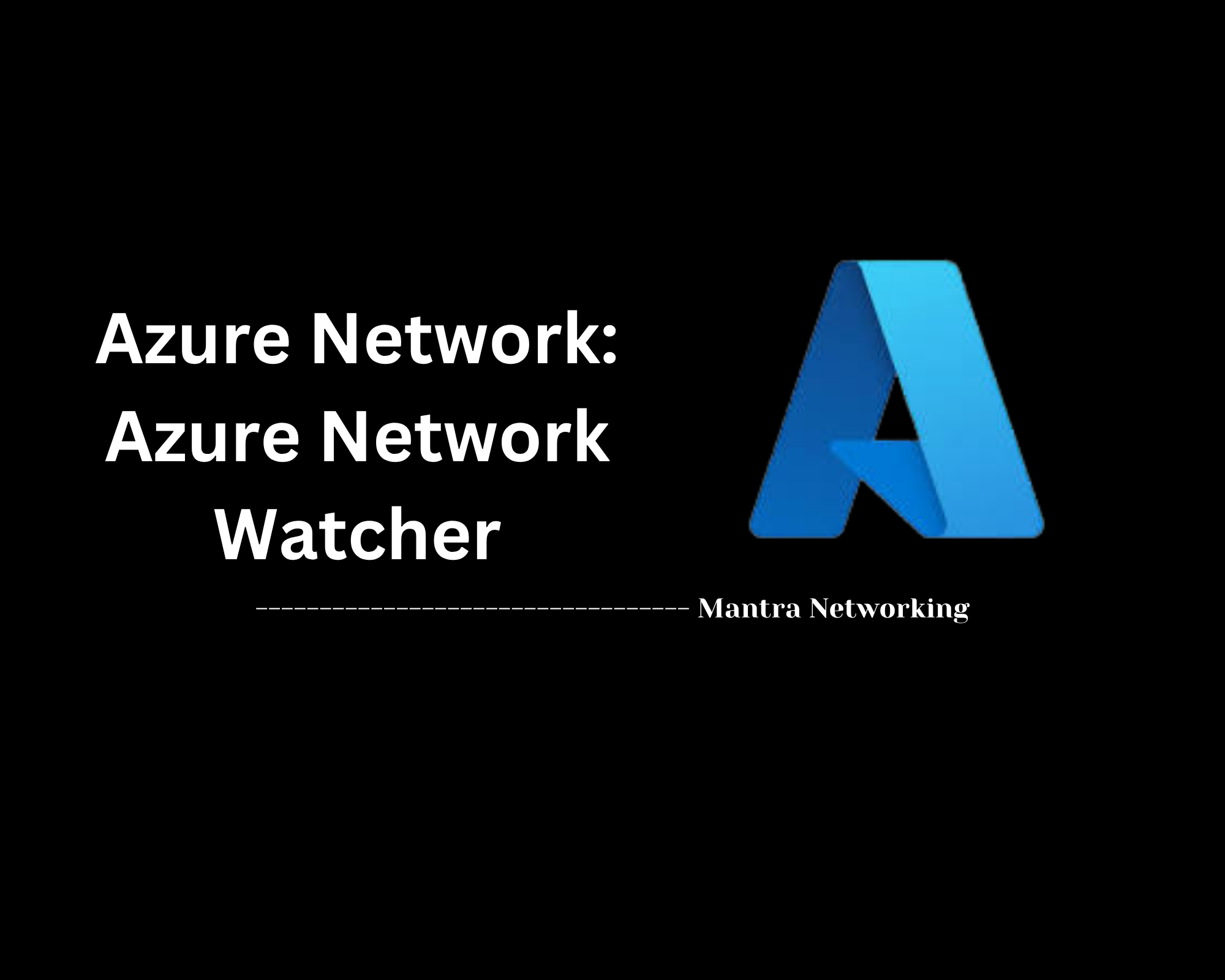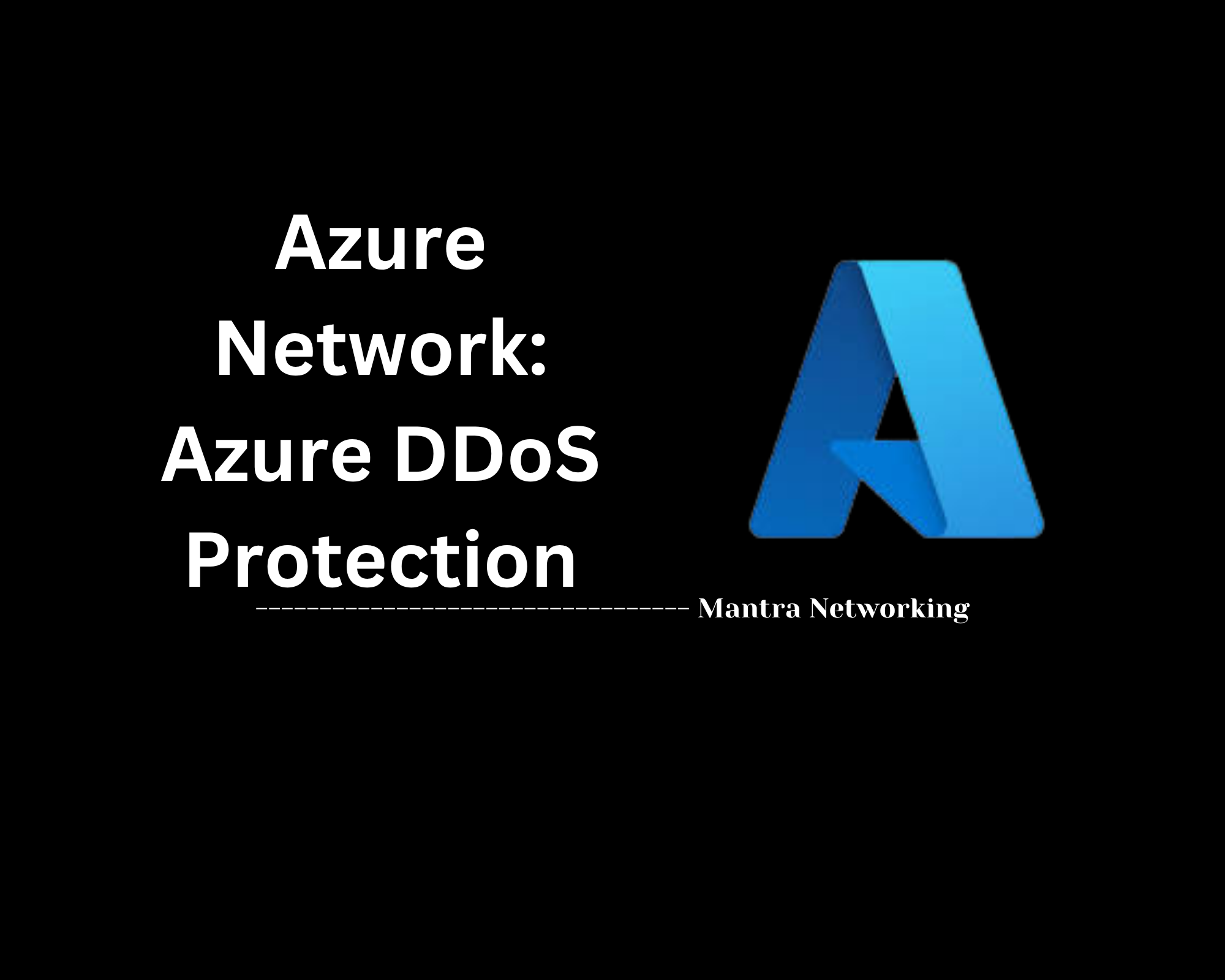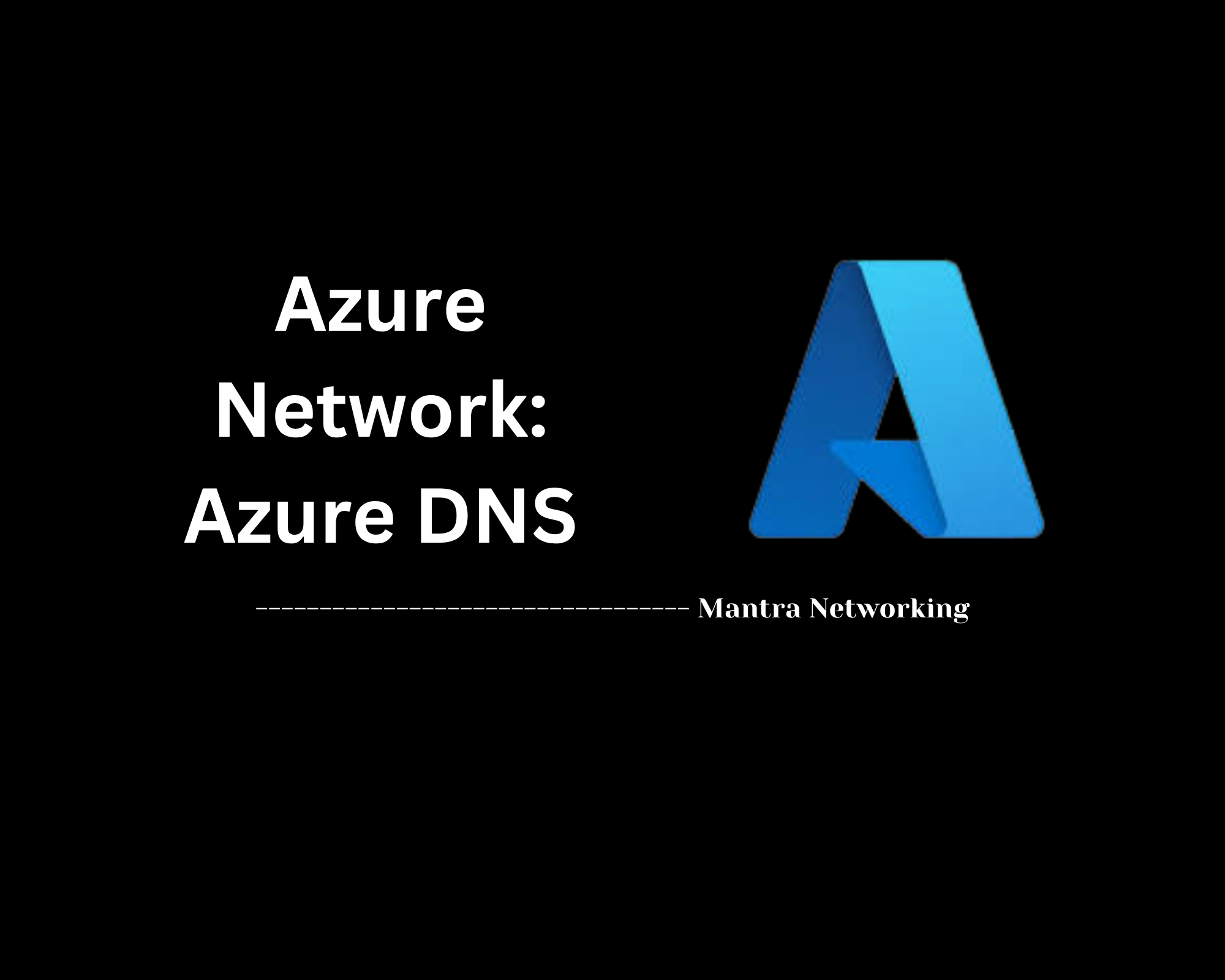Table of Contents
- Overview
- Key Concepts
- Address Allocation and Management
- Security and Network Control
- Management Operations
- Best Practices
- Conclusion
Azure Networking Subnets: Overview
What Is an Azure Subnet?
An Azure subnet is a segment within an Azure Virtual Network (VNet) that subdivides the network’s address space into smaller, manageable sections. These subnets function much like traditional subnets in on-premises networks—they allow you to group related resources, segment environments, control traffic, and apply specific security measures.
Why You Need to Know About Azure Subnets
- Resource Organization: Subnets let you logically group related virtual machines and services, making your environment more organized and manageable.
- Security: By isolating workloads into separate subnets, you can apply tailored security controls such as Network Security Groups (NSGs), limit communication between tiers, and create protected zones for sensitive data or applications.
- Traffic Management: Subnets enable more precise network routing, allowing you to segment front-end, application, and data layers. This separation improves performance and aligns with architectural best practices.
- Scalability and Growth: Thoughtful subnet design allows your cloud environment to scale efficiently, preventing IP address shortages and minimizing risk of conflicts as your infrastructure grows.
- Integration & Compliance: By segmenting workloads and enforcing policies at the subnet level, it becomes easier to meet internal and external compliance requirements and manage hybrid or multi-cloud architectures.
How Azure Subnets Work
- Address Space Subdivision: When you create a VNet, you define its IP address range (using CIDR notation, e.g., 10.0.0.0/16). This address space is then divided into smaller subnets, each with a unique, non-overlapping address range (e.g., 10.0.1.0/24).
- Resource Placement: Virtual machines, containers, and other resources are deployed into specific subnets. A resource will reside in one subnet for each of its network interfaces.
- Security and Control: You can associate NSGs and custom route tables to subnets, dictating which traffic is allowed or denied, and controlling how data moves between resources and to the internet.
- Azure Reservations: Azure reserves a few IP addresses in each subnet for internal protocol use, so the number of usable addresses in any subnet is slightly less than the total provided by the range.
- Delegation and Integration: Some Azure services (like Azure SQL or App Service Environments) require subnet delegation—giving those services authority to manage resources within that subnet.
By understanding these elements, you can design more secure, scalable, and maintainable networks in Azure, ensuring efficient communication among resources and robust protection for your cloud workloads.
Key Concepts
The following points outline the fundamental concepts required to understand and work with Azure networking subnets:
-
Address Space:
The Virtual Network (VNet) is assigned an IP address space using CIDR notation (such as
10.0.0.0/16). Subnets are carved out from this space so that each subnet gets its own non-overlapping range. -
Subnet Address Range:
Each subnet must have a unique address range within the VNet, specified in CIDR format (for example,
10.0.1.0/24). Overlapping address ranges within a VNet are not permitted. -
Subnet Size and Reservation:
The smallest subnet size allowed in Azure is
/29(8 IP addresses). However, Azure reserves 5 IP addresses in every subnet—for network protocols and internal services—meaning fewer usable IPs. - Subnet Delegation: You can delegate a subnet to a specific Azure service (like Azure Container Instances or Azure SQL) to allow that service exclusive control over the subnet’s resources and policies.
- Network Security Groups (NSG): Subnets can be linked to NSGs to filter inbound and outbound traffic, providing granular control and improving security for resources within the subnet.
- Service Endpoints and Route Tables: Service endpoints allow secure connectivity to Azure services directly from a subnet. Route tables can be associated to control the routing of traffic within and outside the VNet.
Address Allocation and Management
Address allocation and management are crucial steps when working with Azure networking subnets. This process involves defining subnet address ranges, planning for proper capacity, and understanding Azure's built-in IP reservations.
-
Defining Subnet Address Ranges:
When you create a subnet, you must assign it a portion of the parent Virtual Network's address space using CIDR notation (for example,10.0.1.0/24). Subnet ranges within a VNet cannot overlap. -
Subnet Sizing and Planning:
Choose a subnet size that provides enough IP addresses for your current and future resource needs. Keep in mind that Azure reserves five IP addresses in every subnet for protocol requirements. -
Azure IP Reservations:
In every subnet, Azure automatically reserves the first four and the last IP address for internal protocol use. This means the number of usable IPs will always be less than the total shown by the CIDR block. -
Reference Table: Subnet Size and Usable IPs
CIDR Notation Total IP Addresses Usable IP Addresses Notes /29 8 3 Smallest allowed subnet size in Azure /24 256 251 Common subnet size for small workloads /16 65,536 65,531 Very large, for enterprise-scale workloads -
Subnet Modification and Deletion:
You can only change a subnet’s address range if it contains no deployed resources. Subnets must be empty before deletion.
Tip: Always plan your subnets with future scaling in mind to avoid running out of available IP addresses.
Security and Network Control
Security and network control are essential when operating subnets in Azure. Azure provides several built-in mechanisms that allow you to precisely control network access and enforce robust security policies for your resources.
-
Network Security Groups (NSGs):
NSGs act as a virtual firewall for your subnets and resources. They allow or deny network traffic to and from resources using customizable rules based on source/destination IP, port, and protocol. NSGs can be applied at both the subnet and network interface level, and rules are processed in priority order to determine the final access[1][6][9]. -
Subnet-Level Security:
Associating an NSG to a subnet means all resources within that subnet automatically inherit the security rules. This helps create secure zones for workloads such as databases, web servers, or app tiers[1][9]. -
Application Security Groups (ASGs):
ASGs allow you to group virtual machines by workload or function, regardless of their IP addresses. NSG rules can then reference these groups, simplifying rule management and scaling as workloads grow[9]. -
Custom Route Tables:
You can associate custom route tables with your subnets to control the flow of outbound or cross-subnet traffic. User-defined routes (UDRs) give you granular control, routing traffic through network appliances for inspection, firewalling, or logging before it leaves the perimeter[7][10][13]. -
Service Endpoints:
By enabling service endpoints on a subnet, you ensure that the traffic between your subnet and supported Azure services (such as Storage or SQL) stays on the secure Azure backbone network, enhancing both security and performance[7][16]. -
Logging and Monitoring:
NSGs provide flow logs for analyzing allowed and denied traffic. This helps identify unauthorized access attempts and optimize rule configuration for compliance and auditing[9].
Tip: Always follow the principle of least privilege—deny by default, and open only what is strictly necessary. Regularly review and audit your NSGs, custom routes, and endpoints to adapt to evolving security requirements.
Management Operations
Effective management of Azure networking subnets requires knowing how to add, modify, and delete subnets, as well as configure key settings using the Azure Portal, CLI, or PowerShell.
-
Adding a Subnet:
To add a subnet, select your Virtual Network in the Azure portal, navigate to the Subnets section, and click + Subnet. Specify a unique name and non-overlapping address range (in CIDR notation), and optionally configure settings like Network Security Groups (NSG), route tables, or service endpoints for the subnet[6]. -
Modifying Subnet Settings:
You can change certain settings of a subnet, such as NSGs, route tables, service endpoints, subnet delegation, and address ranges (only if no resources exist in the subnet). Modifications can be done in the portal by selecting the subnet and updating configurations as needed. Note: To change an address range with resources present, first remove or move those resources[6]. -
Deleting a Subnet:
Subnets can be deleted only if they do not contain any resources. Remove associated virtual machines or services before deleting. This ensures that address ranges can be reclaimed or altered without conflict[6]. -
Subnet Delegation and Policies:
Delegation gives specific Azure services permission to manage resources in a subnet. You can set or change delegations unless a resource for that service is already present; in such cases, resources must be moved or deleted first. Private endpoint network policies and NAT gateway association may also be configured post-creation[6][18]. -
Automation and Scripting:
All management operations (add, modify, delete) can also be scripted using Azure CLI, PowerShell, or ARM templates. This allows for automated deployments and consistent network topologies across environments[6][8].
Tip: Always verify dependencies and review effective permissions before making changes to avoid disrupting connected services or applications.
Best Practices
Following best practices for Azure networking subnets ensures efficient network management, optimal security, and future-proof scalability.
-
Design for Scale and Flexibility:
Allocate subnet address ranges generously to accommodate future growth. Anticipate needs to add resources or new services without requiring disruptive reconfiguration. -
Use Network Security Groups (NSGs) Strategically:
Apply NSGs at the subnet level for broad protection and at the network interface card (NIC) level for granular rule enforcement. Regularly review rules to follow the principle of least privilege. -
Avoid Overlapping Address Spaces:
Plan your address space carefully, especially when connecting multiple VNets or integrating with on-premises networks. Overlapping ranges make peering and hybrid connections difficult. -
Delegate Subnets When Needed:
Use subnet delegation for services like Azure App Service Environments or Azure SQL Managed Instances, as required by their deployment and management needs. -
Monitor and Audit Regularly:
Enable NSG flow logs and monitor subnet traffic to detect anomalies or unauthorized access. Periodically audit network configurations for compliance and optimization. -
Document Subnet Purpose and Policies:
Maintain clear documentation on each subnet’s intended use, assigned address range, applied policies, and dependencies to simplify future modifications and troubleshooting. -
Leverage Automation:
Use templates, ARM scripts, or the Azure CLI for deploying and managing subnets. This ensures consistency, reduces errors, and eases replication in different environments. -
Keep Subnets as Logical Security Boundaries:
Align subnets with application tiers, compliance zones, or specific workloads so that traffic control, segmentation, and monitoring remain effective and manageable.
Tip: Carefully planning your network topology and enforcing best practices early will help avoid costly redesigns as your Azure footprint grows.
Conclusion
Throughout this blog post, we’ve explored the essential aspects of Azure networking subnets. Starting with key concepts like address spaces, subnet ranges, and delegation, we learned how subnets form the foundation for organizing and securing your Azure virtual networks. Effective address allocation and management ensures you don’t run out of IPs as your environment grows, while Azure’s automatic IP reservations remind us to always plan with some overhead.
On the security front, we saw how Network Security Groups (NSGs), Application Security Groups (ASGs), custom route tables, and service endpoints provide granular control over network traffic and access. These built-in tools enable you to enforce robust security measures and create logical security boundaries for your workloads.
Managing subnets efficiently through the Azure Portal, CLI, or scripts means you can easily add, modify, or remove subnets as your architecture evolves. Subnet delegation and automation tools streamline deployments and keep your environment consistent.
Applying best practices—planning for growth, avoiding address space overlap, documenting your design, and regularly monitoring your network—ensures you’re set up for both security and scalability from day one.
We hope this series has equipped you with the foundational knowledge and practical guidance you need to design and manage Azure networking subnets confidently. As Azure continues to evolve, staying current with best practices and regularly reviewing your network design will help you maintain a robust and secure cloud infrastructure.
Thank you for reading! If you have questions or want to share your own tips for managing Azure subnets, feel free to leave a comment below. Happy subnetting! 🚀



